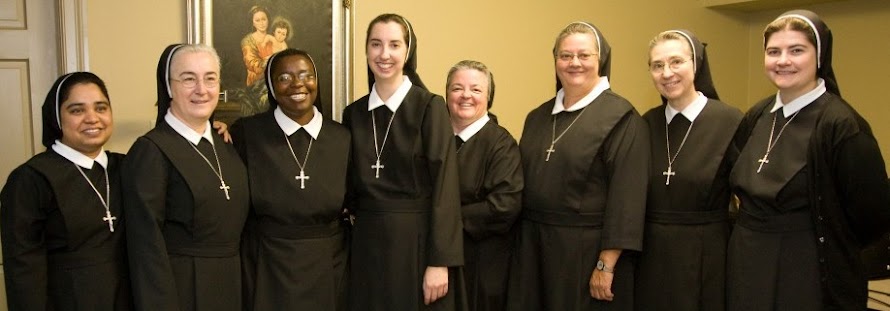Lent is about the holiness that suffering can bring. It is about bringing good where hate has been. It is about the transformation of the base to the beautiful. But don’t be fooled: Lent is not about masochism. It is about being willing to suffer for something worth suffering for, as Jesus did, without allowing ourselves to be destroyed by it.
This year’s Lenten reflections deal not only with the kind of suffering that comes to us unbidden and unexpected, though that kind is painfully clear in the narratives that follow, but it also deals with the kinds of suffering some were willing to accept in order to change an oppressive environment for others. They raise a question that cannot go away: Why would anyone take on such difficulties, not only for the sake of their own lives, but for the sake of others as well?
These are questions that begin with Jesus but end with us. The answer to these questions has something to do with the very meaning of both Lent and life.
Because suffering is part of our mortality, it is important to spend it well. Jesus, contending with the leaders of the synagogue at the cost of His life, in order to bring the synagogue to the truth of its own tradition, we can see, is worth suffering for indeed. And many others, we know, have done the same for the sake of truth and justice. Martin Luther King, Jr. did. So did Francis of Assisi. So did Catherine of Siena and Joan of Arc. And so are the women of whose lives we get a glimpse in these Lenten reflections.
We see in all these figures, and so many more—Mahatma Gandhi, Oscar Romero, Franz Jaegerstatter, Aung San Suu Kyi, Rosa Parks, Elizabeth Cady Stanton—that there are simply some things worth dying for as well as worth living for. To live for the lesser things of life is to risk not really living at all. Real life is pungent with risk, with the willingness to spend all the intensity we have for one great, lasting moment of creation–like childbearing, like human liberation, like being a living witness to justice and truth and love and faith, the greater things of life.
The problem lies in being able to make a decision about what we will do that is worth suffering for. It is about living in the way Jesus lived–for the sake of the sick in Galilee, for the women in Israel and Samaria and Canaan, for the poor in the temple, for those burdened by taxes in Palestine, for sinners everywhere who knew themselves to be weak and did not pretend to be strong–that determines the holiness of our suffering. That is the crossover point between sanctity and a sickness that seeks masochism.
Lent is the season that teaches us that darkness may overtake us but will not overcome good as long as we doggedly refuse to given in to our lesser selves, as long as we refuse to become the very things we say we hate. Whatever the grief of Good Friday, however much evil plumes itself, in the end the apostles rally; the women witness at their peril, the unbelieving are converted; the living witnesses attest to the life of Jesus despite the danger to their own lives.
It is a commitment to that kind of suffering that Lent is about. And it is going on all over the world. The question with which this Lent confronts us is a simple one: In what way do our own lives support theirs?
–from the introduction to Cry Justice! Cry Hope! Lent 2010
by Joan Chittister, Beverly Bell and Women around the World

No comments:
Post a Comment